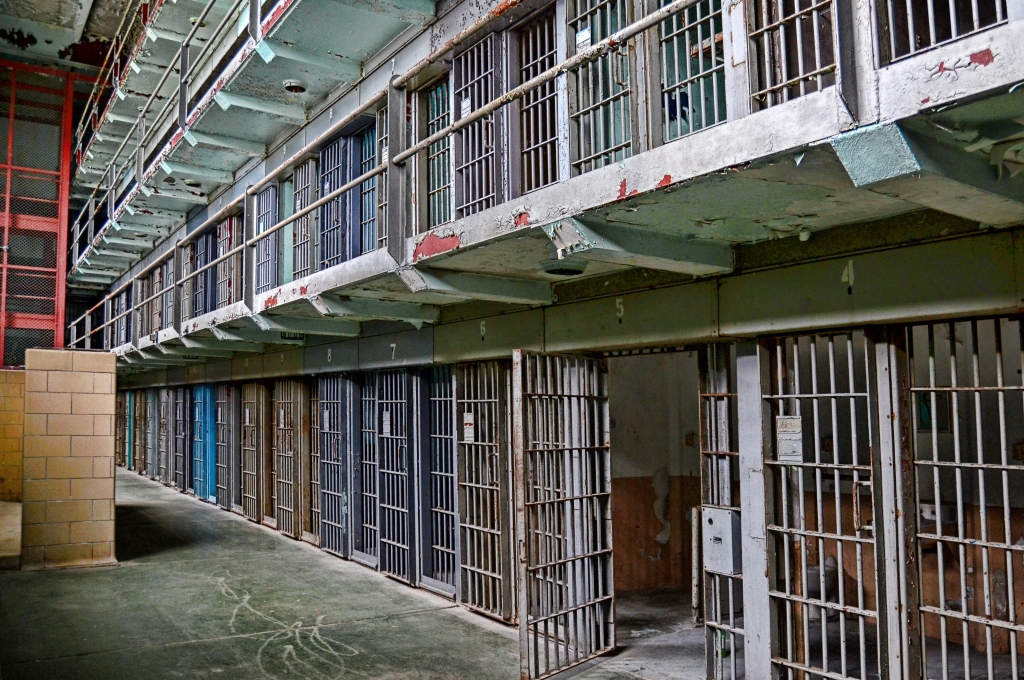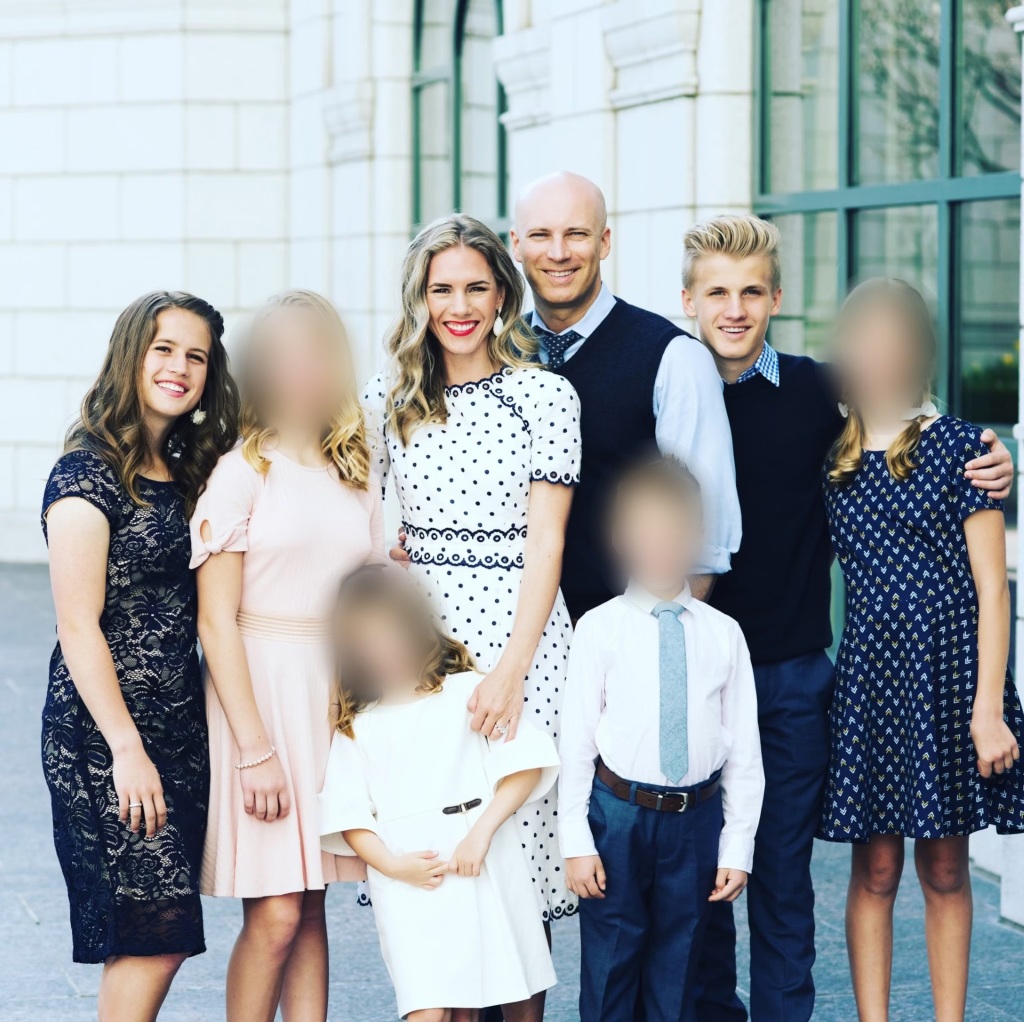By Sofía Lewis

Kalief Browder was 16 years old when he and his friend got arrested for allegedly stealing a man’s backpack. Browder, who denied the charges and was on probation for another accusation, was sent to await his court date at Rikers Island, the largest jail in New York City. By the time his family managed to raise $3,000 for his bail, the judge ruled that Browder was no longer eligible. Three years later, the case was dismissed, and Browder was released. Shortly after, at age 22, he committed suicide.
Browder’s story is just one of many that have come out of Rikers Island, a jail notorious for its long history of prisoner abuse. For decades, human rights groups have been calling for Rikers to close, stating that the torturous conditions and treatment of inmates, many of whom are awaiting trial, are utterly inhumane. Pressure on the city government increased until finally, in 2017, former mayor Bill DeBlasio pledged to shut down Rikers Island. In 2018, DeBlasio announced a plan to construct four new jails, one in each borough except Staten Island, to introduce a “fairer and smaller criminal justice system.” Rikers Island is mandated to close by 2027, and that date is fast approaching.
Rikers is an infamous breeding ground for abuse and misconduct. In August 2014, a Civil Rights of Institutionalized Persons Act investigation occurred at Rikers, prompting the U.S. Department of Justice to release a report on the prison’s treatment of adolescent inmates. The report detailed “a pattern and practice of conduct at Rikers that violates the constitutional rights of adolescent inmates.” Physical force was occurring at alarming rates. Incidents transpired of correction officers telling prisoners to “stop resisting” even once they relented, or were never violent to begin with. The majority of the violence took place in areas with no cameras. In 2021, over 2,000 assaults against inmates by jail guards were reported at Rikers, and in 2022, 19 prisoners died. It has become tremendously clear that the justice system at Rikers is broken, and there are a few key reasons why.
One of the primary sources of conflict at Rikers is the severe lack of staff. The powerful correction officers’ union has claimed that hiring more officers would solve this problem, but this is false. The problem is that nobody wants to be a correction officer at Rikers Island. Technically, Rikers should have enough officers to fill every open post. But for many reasons, these officers do not show up. Some officers opt to take easier roles like bakers or assistants. Many call in sick or take extended leave for weeks, leaving Rikers vastly understaffed. A 2021 New York Times investigation found that on a particular Thursday, there were 572 guards on the work schedule, supposedly sufficient to fill the 363 open posts. However, 17 guards had stopped showing up for work, 117 were away (either on vacation, long-term leave, or off doing “temporary duties”), and 136 were marked “indefinitely sick,” skipping 30 or more days of work but still getting paid due to union benefits. That left just 302 guards to fill 363 open posts, meaning many officers had to work overtime. Such extreme mismanagement creates numerous issues like “leaving some detainees to roam unsupervised and others to go without food or basic health care,” wrote Jan Ransom and Bianca Pallaro in the New York Times. However, the influential correction officers’ union makes it difficult to impose strict standards on officers. Flexible and easy-to-abuse sick leave is guaranteed to union members.
In recent decades it has become evident that Rikers suffers from a severe mismanagement problem that extends to all aspects of inmate life. The violence that runs rampant between prisoners, the consistent pattern of abuse of inmates by correction officers, and the lack of staff all suggest that Rikers no longer meets modern standards of decency for institutionalized individuals. That is why for many, the news delivered almost ten years ago about a new system of incarceration for the city was exciting for human rights activists and criminal justice reform groups. Indeed, many aspects of the new borough-based system are appealing. The creation of four facilities means fewer prisoners per location, which could hopefully reduce overcrowding in each jail and manage the chaos. Additionally, the fact that these new facilities are in central neighborhoods makes it easier for prisoners to attend court dates and receive visits from family members, both of which are difficult to manage on Rikers due to its isolated location. However, many worry that the small size of the four jails, fit to accommodate 3,300 people total, is an unrealistic goal since Rikers alone housed 5,730 inmates in 2021. So what will happen if the prisoner population in New York does not meet this 3,300 number by 2027? Will the relocation of inmates continue to be postponed indefinitely? Or will they be relocated into these new jails, creating another overcrowding problem? The future is unclear for the inmate population of not just Rikers but New York City as a whole. All eyes are on Mayor Adams right now, and whether or not he can successfully reform the city’s broken criminal justice system while continuing to emphasize the need for a strong police presence throughout the city.



